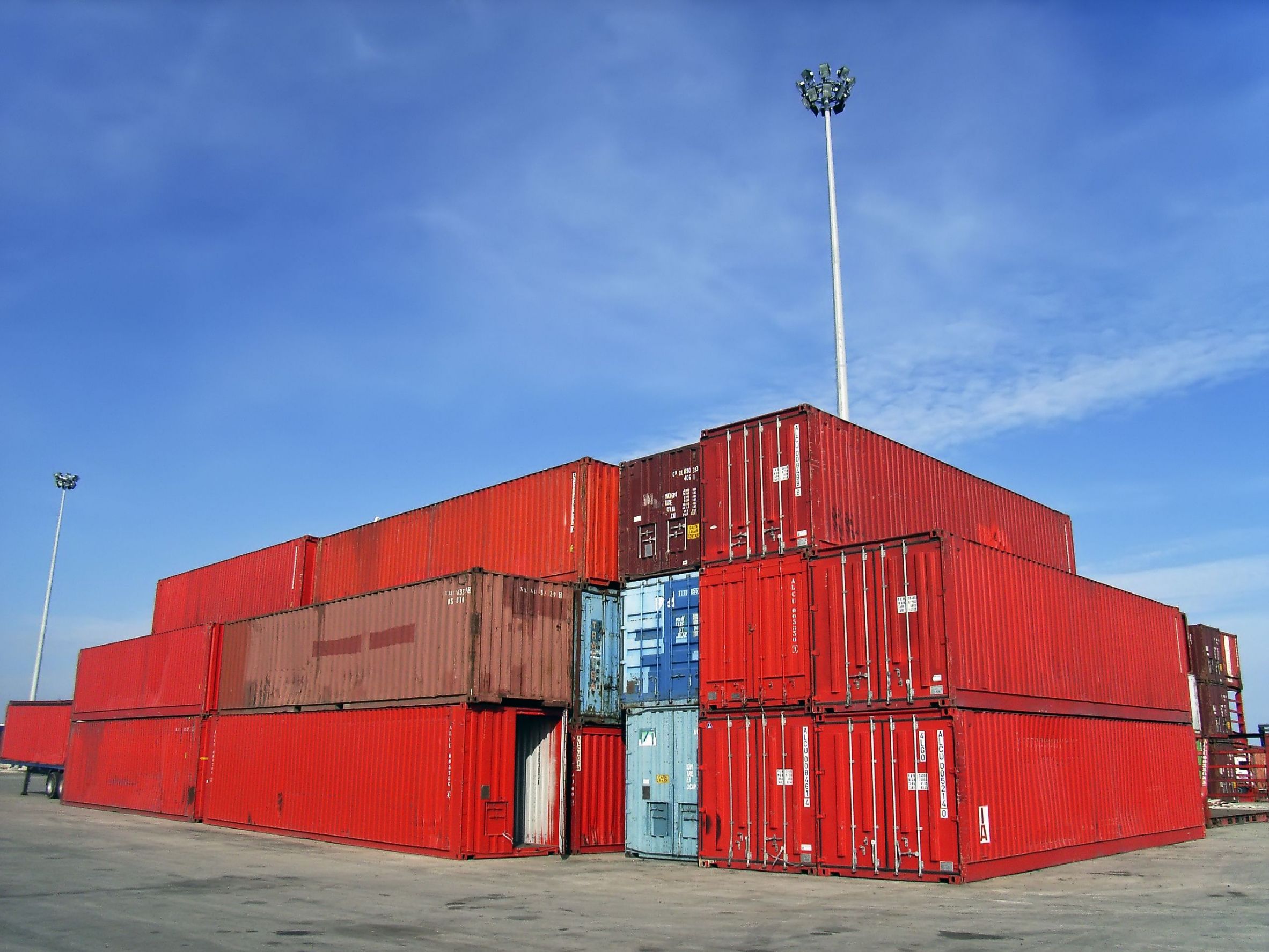There are a quite few reasons that tarps are needed. The biggest reason is protection from the damaging effects of moisture. Picking out a tarp is easy. Picking out the right tarp can be extremely difficult. Often, the objects are not present to measure and ensuring you get the right size is essential to that weather protection. While you can piece together two tarps, there is usually trouble where the seams connect. This point is usually not waterproof unless it is reinforced with other things.
One of the big part of picking out a tarp is figuring out the dimensions of the object that must be covered. Because an object such a hay pile is three-dimensional, you have to figure out the height of the pile and how wide you need the tarp to be. If the hay is stacked really high, it can be a challenge to measure. It is better to go bigger when purchasing Hay Tarps than it is smaller.
After you estimate the dimensions of the tarp, you have to look at the quality of the tarps. While most of the material used is some type of waterproofing blend, some tarps are made out of higher quality material than others. This is a benefit if you intend to keep your hay piles covered up during a harsh winter with heavy snow. But if you are just protecting the hay for the short term, a lower quality material will be cheaper in price.
In addition, you should make sure that the grommets on your Hay Tarps are attached appropriately. A loose grommet can become a huge problem especially if there are very windy conditions in the forecast. The strength of the grommets will ensure that the anchors stay put and won’t blow away. Be sure to check this point before you invest in a tarp.
Tarps are a necessity in protecting winter stockpiles of hay. If you get the dimensions right, check the material and the grommets, you should walk away with a tarp that can fit your needs in protecting your stocks. After all, the hay is needed for the livestock.









